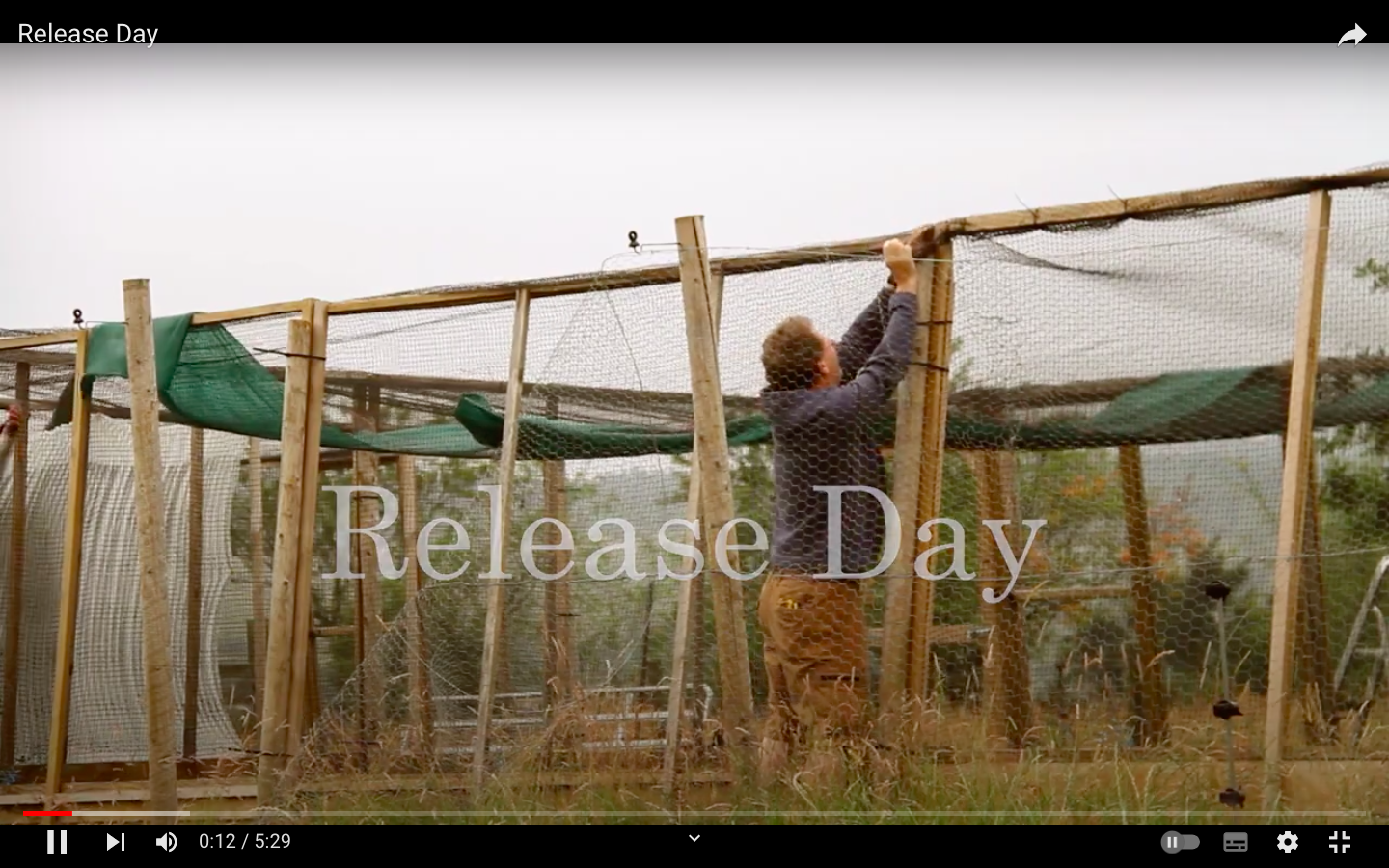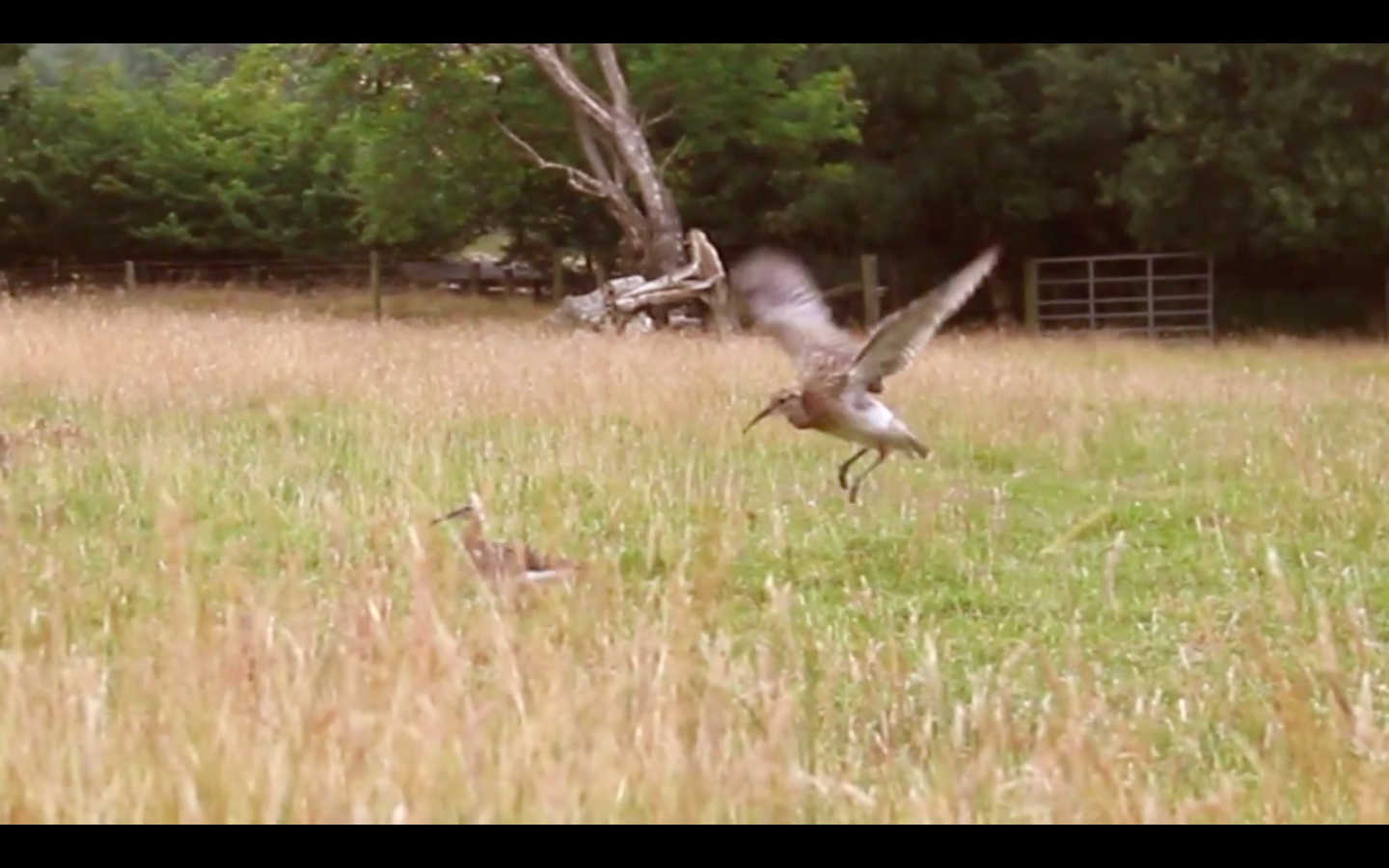Caring for Curlews
“It would be really hard to lose that sound, the most magical sound”
Amanda Perkins, Curlew Country
A meeting with Amanda Perkins from Curlew Country, on the edge of Long Mynd
We’ve come to meet Amanda Perkins at the time of year when curlew eggs are almost ready to hatch. Like Amanda, we are familiar with, and love, the looping, haunting sound of the curlew’s call, which comes to the uplands at the end of each winter, ahead of the nesting season. The other thing we have in common with Amanda is the way this beautiful sound is tinged with sadness - sadness at the decline of these stunning birds.
“It would be really, really hard to lose that sound, the most magical sound. Modelling in Wales suggests that curlews are going to be lost by 2033. So you just have to give it your best go, to try.”
The UK’s largest wading birds, Eurasian Curlews are under enormous pressure and their numbers are in worrying decline. The beautiful birds with curved beaks spend the winter on estuarine grounds, both in and beyond the UK, then return to the place of their birth to breed. The Shropshire Hills, including areas of common land, offer one of a small number of breeding grounds outside the uplands. We’ve heard the birds calling while we’ve been out on Stapeley Common with Tess Hallett, and on the edge of the Long Mynd, but we know that the population has been declining. Threats to the birds include reduction of suitable habitat and predation. The changing climate may be affecting them too. The odds are stacked against them: curlews nest on the ground and once hatched the chicks are unable to fly for five weeks. Both eggs and chicks are extremely vulnerable.
Amanda Perkins works with Curlew Country, which for almost ten years has been working tirelessly to explore ways to increase the odds of survival for these birds. The area covered by Curlew Country stretches for around 200 square kilometers: from Churchstoke in Wales up to Pontesbury and the edge of the Long Mynd in the Shropshire Hills.
In the first phase of her work in 2015 and 2016 over 30 nests were found and monitored. Not a single chick survived. Over 50% of predation events were by foxes, just under 25% by badgers, and the rest were lost due to other causes. The findings underpinned the critical situation facing curlews, and also a key problem: even when the habitat they require is intact, they are at risk of predation.
Amanda set up a technical advisory group to pool knowledge and plan the next stage. One of the first things that was trialled was using electric fencing around nests. Many more eggs reached hatching stage, but still the chicks were predated. Further work was needed. Through Curlew Country, Amanda and her colleagues became the first people in the UK to obtain a licence for ‘headstarting’ curlews in 2017. At that stage the nest monitoring was continuing. Curlew Country had found out was happening to eggs, but needed to find out if any chicks survived. It was incubating eggs and returning them to nests just before hatching. All chicks were lost, but the following year a fresh licence was applied for. With assistance from a specialist ornithologist highly practiced in finding nests without causing damage, eggs were collected and incubated. When the chicks emerged, they were kept in large netted pens until ready to fly. ‘It was such a big thing,’ says Amanda about the eventual release of fledged chicks ‘to take the birds to a safe place and let them go. We did cry - it was a really amazing moment.’
“‘It was such a big thing to take the birds to a safe place and let them go. We did cry - it was a really amazing moment. 2022 has been the sixth year of headstarting resulting in a total 129 chicks now returned into their landscape. ”
2022 has been the sixth year of headstarting resulting in a total 129 chicks now returned into their landscape. Because of the lifecycle of curlews, who don’t breed until they’re 2-3 years old, and the small number of people able to monitor the birds, it’s too soon to measure the impact; but certainly helping chicks survive is important while larger issues around habitats and predation are addressed.
The pioneering work of Amanda and her team has provided lessons for curlew conservation more widely. ‘I think the problem is solvable,’ says Amanda. ‘And not only is it solvable, but if we look carefully and measure the other environmental benefits that would accrue from having a healthy population of curlews, as a totemic species, we'd find all sorts of other biodiversity that followed. Farmers love them, and talk about other things that they like to do which are associated with these birds. There's a huge opportunity here. The difficulty is that it's not being grasped at the moment. Most schemes are not paying farmers properly to enable them to look after the landscape. For instance, the Sustainable Farming Initiative bears no relationship to what ground nesting birds need - it might accommodate the breeding of the earliest skylarks and the earliest lapwings, but nothing else. It’s not fit for purpose.’ She continues: ‘The birds will really struggle unless we get funding to give farmers financial rewards for crop sacrifice and habitat management at landscape scale. And predation control has to be part of the picture - we have got to be much more realistic about that. The multiple benefits it will deliver should be great value.’
“‘I think the problem is solvable, and if we look carefully and measure the other environmental benefits that would accrue from having a healthy population of curlews, as a totemic species, we’d find all sorts of other biodiversity that followed. ”
Amanda and her team have a level of commitment that very few people would muster. Raising sufficient funding to cover their costs is an ongoing challenge, and paid staff and volunteers work extremely long hours. So what is it that keeps her going? ‘I don't know,’ says Amanda. ‘Maybe it is that I was rather naïve - I did not know how difficult it was going to be. But it would be really, really hard to lose that sound, the most magical sound. Modelling in Wales suggests that curlews are going to be lost by 2033. So you just have to give it your best go, to try.’
While there are other curlew conservation groups across the country, many of which are linked through the Curlew Recovery Partnership, Amanda stresses that for action to be effective it needs to be taken at scale. ‘I'm really, really frustrated with the policy makers, who say well, we need to wait until this and wait until that. This is one of less than a handful of populations of this size outside the uplands. We have not got time to wait - these birds are being lost now.’
“This is one of less than a handful of populations of this size outside the uplands. We have not got time to wait - these birds are being lost now.’ ”
The conversation has left us all feeling a bit sad, but we bring our attention back to the present. Right now, in a secret location, the netted pens are ready for the chicks that will soon hatch from the incubated eggs. For Amanda and her team of volunteers, it’s all hands on deck. The hours are long, but there’s still positivity. ‘I love this bit of it. I love what we're doing,’ says Amanda. ‘I love working with the farmers, and we're so lucky with our fantastic team. The contractors stick with us, and our new volunteer trainees are like a breath of fresh air.’ Together, the team will be welcoming curlews into the world, caring for them, and releasing them, in the hope of making a difference.
—
Amanda Perkins
Amanda has dedicated many years to curlew conservation, advocating for these beautiful and endangered birds.
We met Amanda in late May, 2022, before the chicks had hatched. Visit the Curlew Country website to see how the chicks got on, including Tiny Tim who was more than a bit wobbly on his feet, and watch a video of their first flights and release into the wild. The website also provides excellent resources.
Visit the Curlew Country website here: http://curlewcountry.org/





